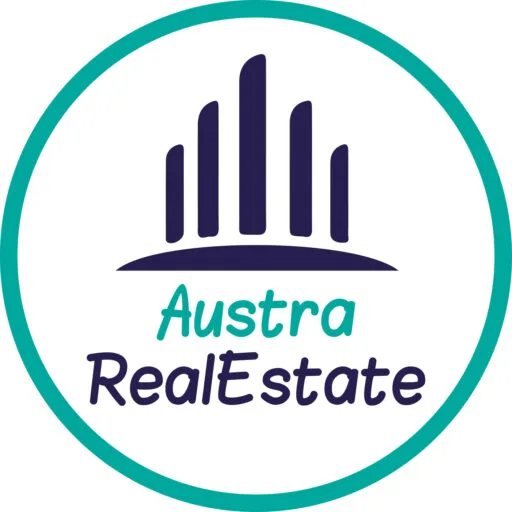Emerging Trends in Australian Real Estate, Guide For investors.

In this article we will talk about emerging trends in Australian real estate and all what investors need to know
The Australian real estate market is constantly evolving, with new trends shaping the way investors approach property investments. Whether you’re a seasoned investor or a newcomer, understanding these emerging trends can help you make more informed decisions and maximize your returns. This article explores the key real estate trends in Australia and how they can impact your investment strategy.
1. The Rise of Regional Areas
Shifting Focus from Major Cities
In recent years, more Australians have been moving away from crowded urban centers like Sydney and Melbourne. As a result, regional areas are becoming hotspots for property investments. Cities such as Geelong, Ballarat, and the Sunshine Coast are gaining popularity due to their affordability, lifestyle appeal, and infrastructure development.
Why This Matters for Investors
Regional properties are more affordable than those in major cities, allowing investors to enter the market at lower price points. Furthermore, with ongoing infrastructure projects and growing demand, these areas are seeing steady property appreciation. Investors looking for high-growth potential at a more accessible cost should definitely consider regional markets.
2. Sustainable and Eco-Friendly Developments
Growing Demand for Green Homes
As climate change becomes a global concern, more homebuyers and renters in Australia are seeking properties with sustainable and eco-friendly features. Solar panels, energy-efficient appliances, and green building materials are now highly desirable.
Impact on Property Values
Eco-friendly homes tend to command higher prices and attract more renters, especially in markets where sustainability is a key selling point. Therefore, investors focusing on properties with green certifications or energy-efficient designs are likely to see strong demand and potentially higher returns.
3. Remote Work and Flexible Living Spaces
The Shift to Remote Work
With the rise of remote work, many Australians no longer need to live close to their offices. Consequently, this has opened up new opportunities for people to relocate to more affordable or lifestyle-focused areas.
Flexible Living Spaces
Buyers and renters are increasingly looking for homes that offer flexibility—whether that’s a dedicated home office or multi-use spaces. For investors, properties that cater to remote workers, such as homes with office spaces or room for extensions, are becoming highly attractive in the rental market.
4. Increase in Apartment Demand in Lifestyle Suburbs
Suburbs with a Focus on Lifestyle
While suburban homes have seen a surge in demand, there is also an increase in the popularity of apartments in lifestyle suburbs. Areas near beaches, parks, and entertainment hubs are particularly sought after.
Affordable Entry Point
Investors can tap into this trend by purchasing apartments in these desirable areas. Apartments are often more affordable than houses, yet offer the same rental appeal, especially for younger tenants seeking a more vibrant, lifestyle-focused community.
5. Technology Integration in Real Estate
Smart Homes on the Rise
As technology advances, there is growing interest in smart homes equipped with the latest tech, such as automated lighting, security systems, and climate control.
Benefits for Investors
Investing in smart homes or upgrading properties with modern tech features can increase rental demand and property values. Moreover, tech-savvy buyers and renters are willing to pay a premium for properties that offer enhanced convenience and security.
6. Government Policies Favoring Investors
Incentives and Grants
The Australian government continues to offer policies and incentives to support property investors. Programs like the First Home Loan Deposit Scheme and reductions in stamp duty for certain property purchases are making it easier for investors to expand their portfolios.
Tax Benefits
Investors also benefit from tax deductions on expenses such as property management fees, maintenance costs, and depreciation on rental properties. As a result, government policies remain a critical factor in maintaining a healthy investment climate.
7. Rising Interest in Build-to-Rent Developments
What is Build-to-Rent?
Build-to-rent developments are residential properties specifically constructed for the rental market, rather than being sold individually. This model has become increasingly popular in Australia, providing a steady income stream for developers and investors.
Why It’s Attractive
These developments often include amenities like gyms, shared workspaces, and communal areas, appealing to long-term renters. For investors, the build-to-rent model offers consistent rental income, less vacancy risk, and the opportunity to own large-scale property assets.
Conclusion: Stay Ahead of the Trends for Maximum Returns
The Australian real estate market is changing, and staying on top of emerging trends is essential for success. By focusing on regional growth, sustainable developments, remote work, and tech integration, investors can align with the evolving needs of buyers and renters. Additionally, leveraging government incentives and exploring new models like build-to-rent can help you diversify your investment portfolio. Keep an eye on these trends to ensure your investment strategy remains profitable in the coming years.
That was all about emerging trends in Australian real estate





